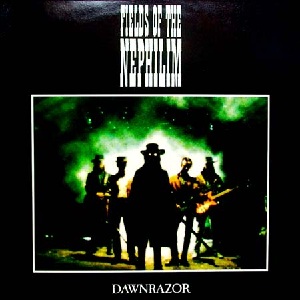MMG MiniDSP and bi-amp Questions
63.97.155.234 |
||
| Posted on February 23, 2012 at 06:23:49 | ||
|
Posts: 136
Location: Dallas-area Joined: December 5, 2011 |
I’ve been running the MMG’s bi-amped for a few weeks with an inexpensive Pyle active crossover. It works as advertised but has limited x-over point selection. The sound is so very much improved. The treble and especially the midrange/vocal clarity are wonderful. Given these results I decided to ‘do it right’ using a 2x4 Mini-DSP. I have 2 questions on setting up the MMG’s for bi-amp 1)Recommended crossover points and slopes for the Mini-DSP 2)How to ensure the mid/bass and tweeter panels are being driven in-phase? The wiring strip with 4 connections: I assume it is +-+- The sound is good as-is though I have not tried reversing it… I’m sure both have been covered before, but could not find them easily. Any other tips & tricks would be appreciated! Bass duties are being handled by an active subwoofer, currently crossed over at 50hz. Once the MMG’s are set up I will do some serious a/b comparisons with the 1.7’s. For those who are interested, a low-end Onkyo receiver is handling all 4 channels of amplification. The receiver is not rated for the load, and initially ran quite warm. As I have little investment in this piece of gear, I added a small 120v industrial fan to the heat sink section. The amp section now stays quite cool. Long-term plans include dedicated stereo amps for this setup. |
|
| RE: MMG MiniDSP and bi-amp Questions, posted on February 23, 2012 at 09:29:12 | |
|
Posts: 136
Location: Dallas-area Joined: December 5, 2011 |
Excellent, thanks Dumb question, but where is your webpage? |
| RE: MMG MiniDSP and bi-amp Questions, posted on February 24, 2012 at 14:18:41 | |
|
Hint. You should think polar response here. Horizontal polar response, to be more specific. Cheers, Dave. |
|
| RE: MMG MiniDSP and bi-amp Questions, posted on February 24, 2012 at 17:21:45 | |
|
Posts: 4842
Location: Virginia Joined: February 21, 2002 Contributor Since: December 2, 2004 |
I use a spreadsheet that I developed in Open Office. Open Office does everything that MS Office does and is free.
 "Our head is round in order to allow our thoughts to change direction." Francis Picabia |







